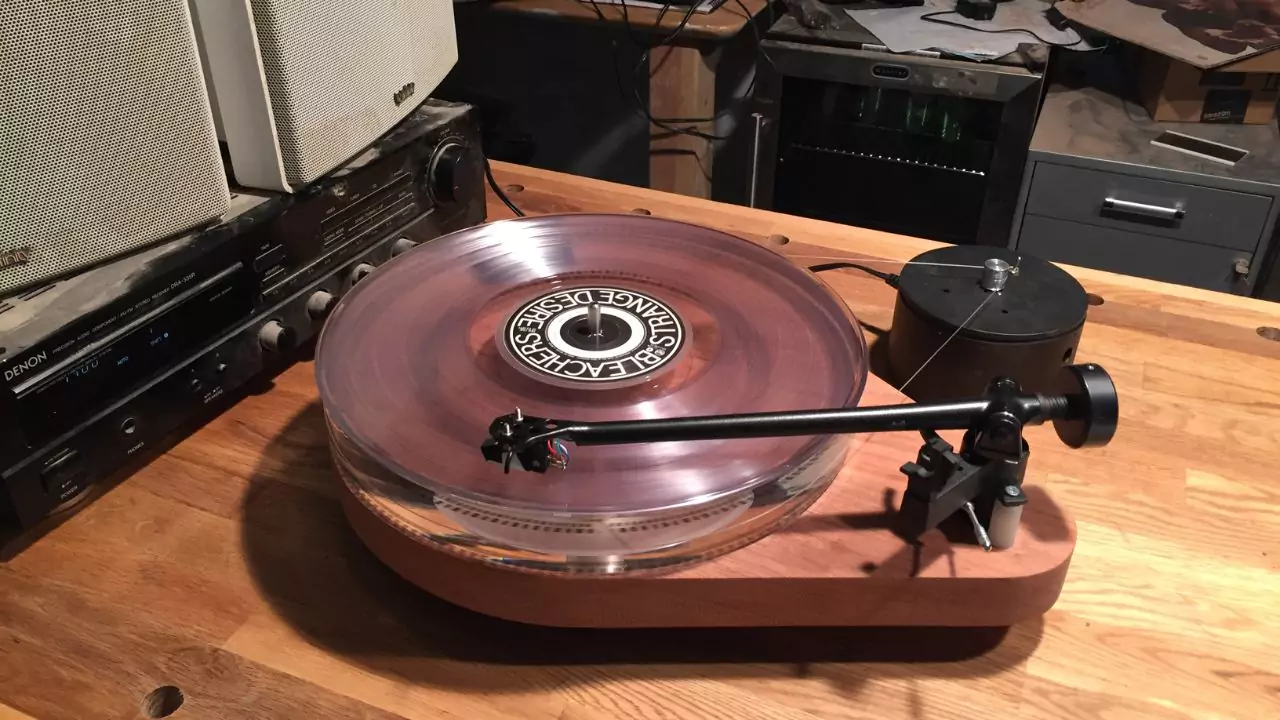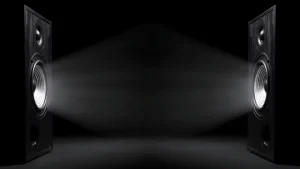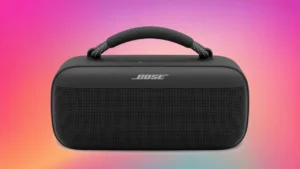No, You might not need a receiver for your turntable, depending on your setup and preferences. A receiver is a device that connects multiple audio and video components to speakers. However, if you only use a turntable as your audio source, you can use it without a receiver.
So, let’s dive in to understand when you need a receiver for a turntable
In This Article:
What is a Receiver?
The receiver is a hub that permits you to connect audio and video components to the speaker. You get to switch to different sources without disconnecting or reconnecting the speakers constantly. You can also switch between multiple audio sources, be it a CD player or a digital music player. You might not need a receiver, if you choose the turntable as the primary audio source.
What is a Turntable?
A Turntable is an audio step that plays vinyl records. It has a rotating platter, a cartridge with a stylus which is placed on the groove of the record, and the encoded information is read. The electrical signal is sent by the stylus to the amplifier and then the amplified sound is sent to the speaker. You can find that the platter is spinning at 33 1/3 or 45 revolutions per minute (RPM), which allows the stylus to groove properly. You would find that the tonearm holds the cartridge and the stylus and these move across the surface of the record.
How do Turntables Affect the Quality of Sound?
The turntable components such as platter material, motor, cartridge, and tone arm, should be of high quality which affects the sound quality. To get a more accurate playback, you need to get a high-end turntable having premium components.
What is the Standard Turntable Setup?
The standard setup of the turntable consists of three basic components: Turntable, Speaker, and Receiver. First, the turntable is connected to the receiver and then the receiver is connected to the speaker. If there is no built-in amplifier for either the turntable or receiver, then you need to purchase one.
What are the Pros and Cons of a Turntable?
Based on the pros and cons and considering the audio needs you can decide to invest in a receiver for the turntable.
Pros of Using a Receiver with a Turntable
Easy and Quick Connection
You get to connect multiple audio sources to the speaker and can also easily switch between them without having to disconnect and reconnect them. You also do not need to rewire the entire setup.
Boost Audio Signal
Receivers usually come with a built-in amplifier which is capable of boosting the audio signals from the turntable. It also ensures that the speakers are playing at a requisite volume. You get to experience better amplification due to reduced interference. There is also an improvement in the sound quality of the turntable.
Upgrade the Receiver
You can easily upgrade the active speakers so that you experience the change in functionality with the addition of new features. If you are planning to add surround sound capabilities, then you do not need to replace it, rather a simple upgrade can do the job. Also, receivers come with pre-outs, so you can easily connect external power amplifiers to the system.
Use the Remote Control
You can also make use of the remote control that comes with the receiver to adjust the volume, change the inputs, and control other features. You can also make changes in room correction and equalization to optimize the sound quality.
Cons of Using a Receiver with a Turntable
Costly
If you are looking for advanced features, then you might have to invest in an expensive receiver.
Complicated Setup
The setup and configuring of the receiver can be complicated and time-consuming if you are a beginner.
Not Every Receiver is Compatible
You just cannot use any receiver with the turntable that you own. You need to go through complete research and consult a professional before getting a receiver.
Overheating
When running for long hours it can generate heat. Also, if you have kept the receiver in a confined space or set to high volume, then it can also generate overheating issues.
Consume a Lot of Power
Receivers take in a lot of power which adds up to the energy bill and this happens mostly if you are using the receiver frequently. Also, it is hard to get a receiver that has an energy-saving mode.
How to Simplify the Turntable Setup?
You can try alternative means to simplify the setup process of the Turntable.
- Try to use powered speakers, also known as active speakers, which have an internal amplifier. Thus, you do not need an external amplifier or receiver, and it also reduces the components that are being used for the setup.
- You can also use turntables which have built-in speakers and this requires the minimum setup. Usually, these speakers are small and thus might fail to provide a quality output but the setup process is not at all time-consuming.
- Get a newer receiver that has limited features such as Bluetooth and WI-Fi but these are small, do not take up much space, and also easy to set up.
What are the Alternatives to External Receivers?
The alternatives to external receivers are integrated amplifiers, soundbars, and Bluetooth and wireless speakers.




